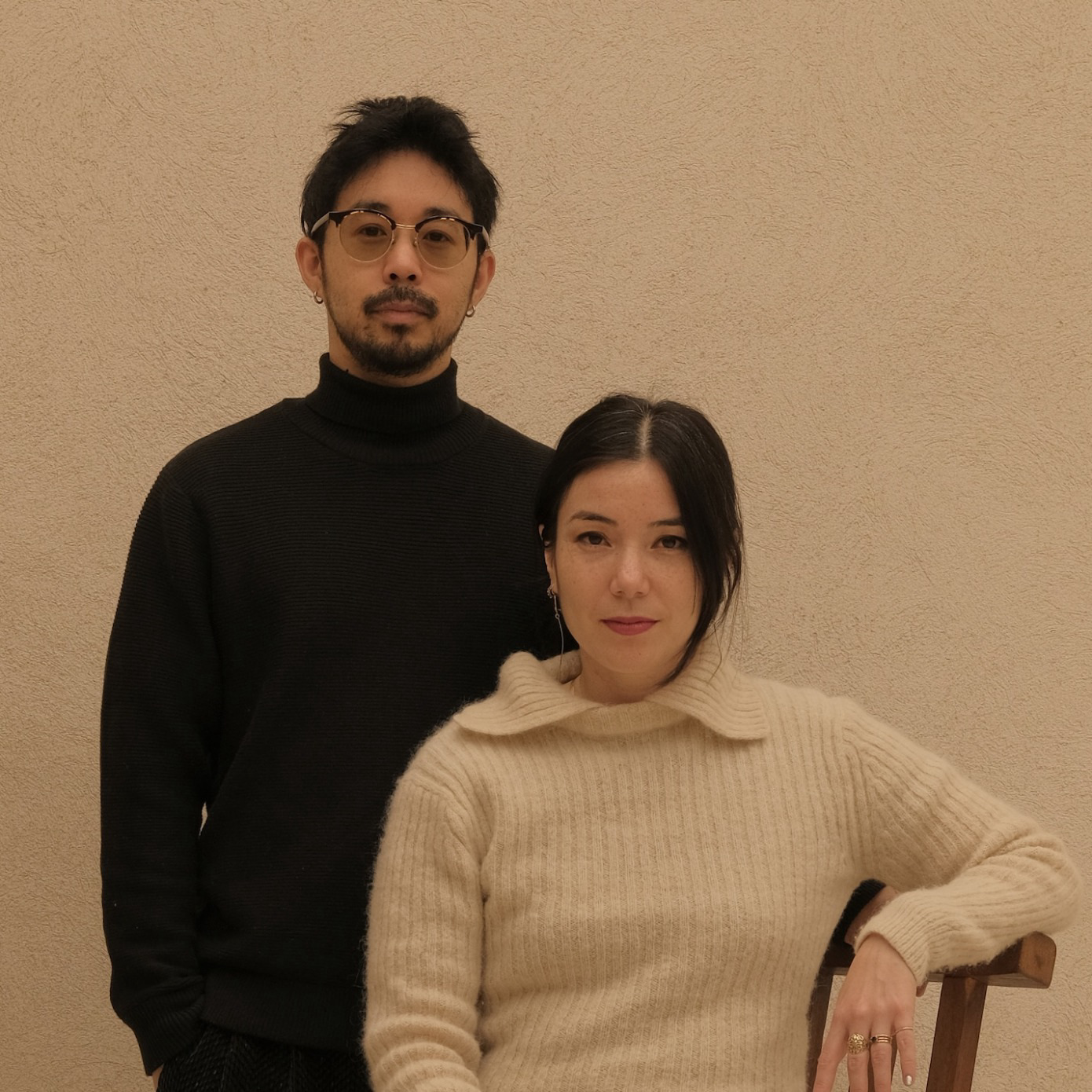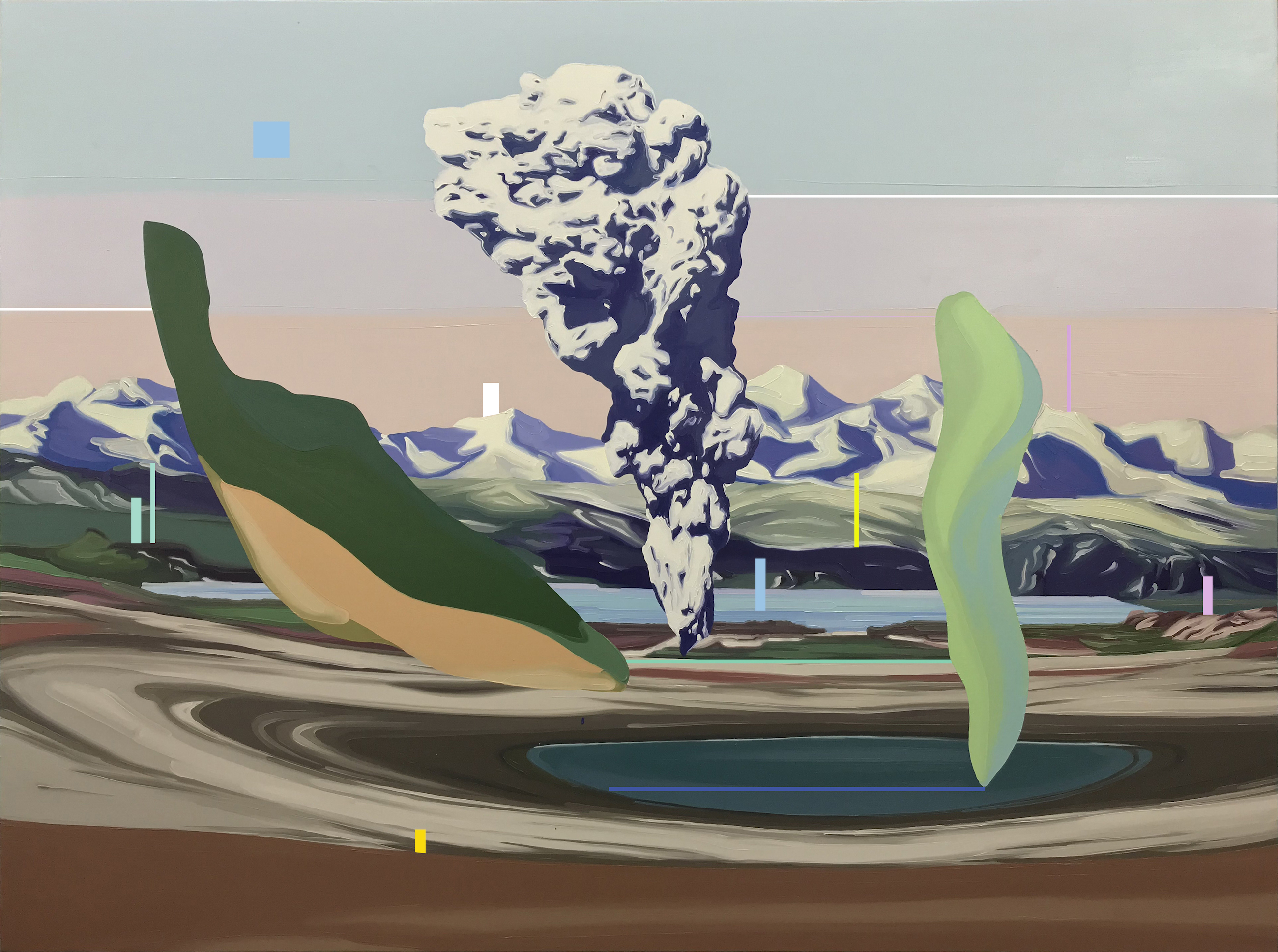
Art Basel Hong Kong, now in its seventh edition, features 242 galleries from around the globe. We’re focused on those connected to the region, both emergent or long part of the art history canon. Here are five Chinese artists on view you'll want to get to know.
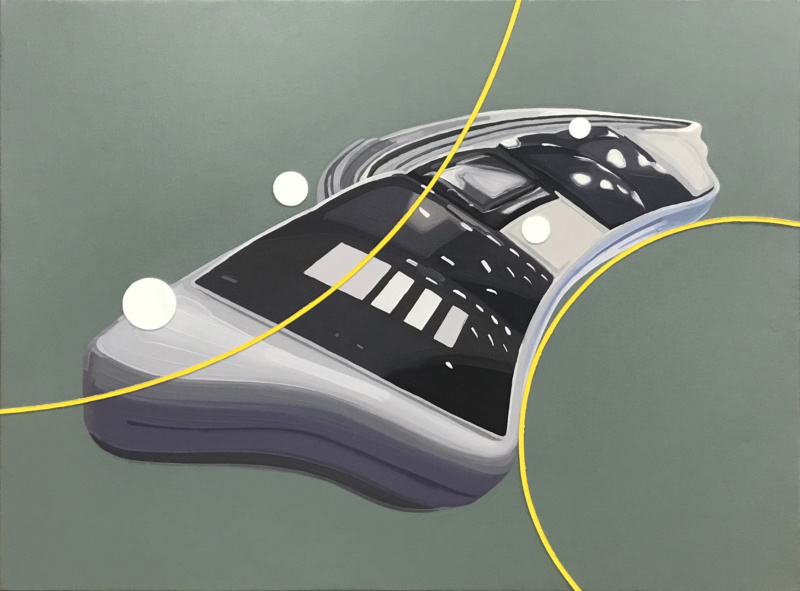
Wang Jianwei at Long March Space Born in 1958 in Suining village in southwestern China, multidisciplinary artist Wang Jianwei often examines and reimagines time—and, more specifically, the constant uncertainty of the present moment, as he did in 2014 at his first solo show in North America, "Wang Jianwei: Time Temple" at the Guggenheim. Both time and, says the artist, "theater and rehearsal" influence his practice, particularly the latter's acceptance of that which is undetermined. "Because painting faces the uncertainty of a multitude of things," he explains in a statement, "my paintings also have no fixed object or clear classification. A person, a tree, a house, a mountain, or any one thing: they all have left behind their original positions and environment, becoming new objects of sensibility."
[caption id="attachment_32333" align="aligncenter" width="800"]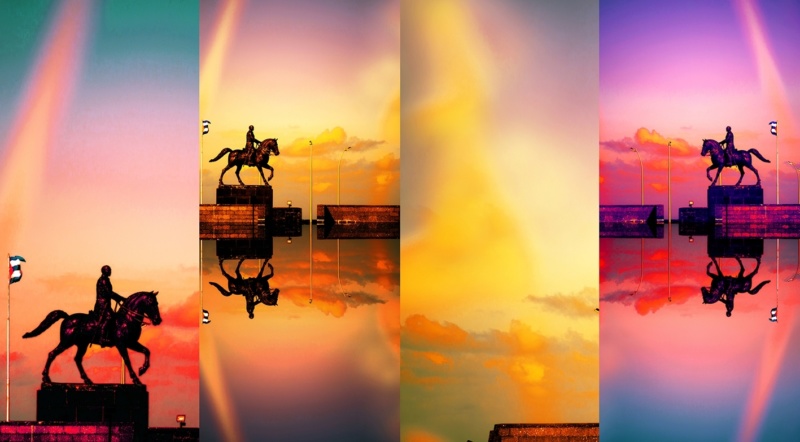 Lin Jingjing, Before the Thunder Rolls (2019). Acrylic, print, silk thread on canvas 220 x 400 cm (220 x 100 cm x 4)
Lin Jingjing, Before the Thunder Rolls (2019). Acrylic, print, silk thread on canvas 220 x 400 cm (220 x 100 cm x 4)
Lin Jingjing at de Sarthe Gallery Lin Jingjing’s titles alone are poignant: This is the Beginning of my Desperation (2017), Remain Magic Despite Cruelty (2019), I Have Yearned for Something I Cannot Afford (2015). On view at de Sarthe's booth, the multidisciplinary artist—she works with painting, installation, performance, video, and mixed media—explores and confronts human existence and vulnerability, including her own. Lin frequently touches on both sociopolitical history and modern realities—the way we define ourselves in relationship to them, their strangeness, their multitude perspectives. Her work is physically immersive (she often uses a thread-layering practice) and emotionally expansive, even transformative.

Zhou Yangming at Pearl Lam Gallery Zhou Yangming, was born in Taizhou, China and currently lives and works in Shanghai; he's focused on space, the physical and metaphorical kind. Zhou’s paintings are inspired by the Dao De Ching—they document his meditations and speak to the interstices of everyday existence, its nuances and movement. He has painted small lines regularly every single day for over a decade, each one representing the space between emotions and breaths. Like breathing, there is peace and repetition to be found in his paintings, a kind of wholeness. Bonus: If you're able to head to Pearl Lam Gallery after checking out Art Basel Hong Kong, Yangming's solo exhibition, Continuum, is up from March 26 through April 21.

Chan Ka Kiu at Para Site Born in Toronto and based in Hong Kong, Chan Ka Kiu graduated from the Department of Fine Arts of the Chinese University of Hong Kong. The multidisciplinary artist works primarily in video and painting, but at her first solo exhibition Don't come so fast, darling, presented at Para Site's ABHK booth, you'll find installations, photographic and performative work, too, all spanning the last two years. Curated by Qu Chang, some of the works on view have never been shown publicly; Chan's work is often intimate, revelatory of her feelings and the absurdity of everyday life. She depicts life in Hong Kong from her own playfully honest perspective, inspired by both the tedium and mystery of city life, sexuality, and desire.
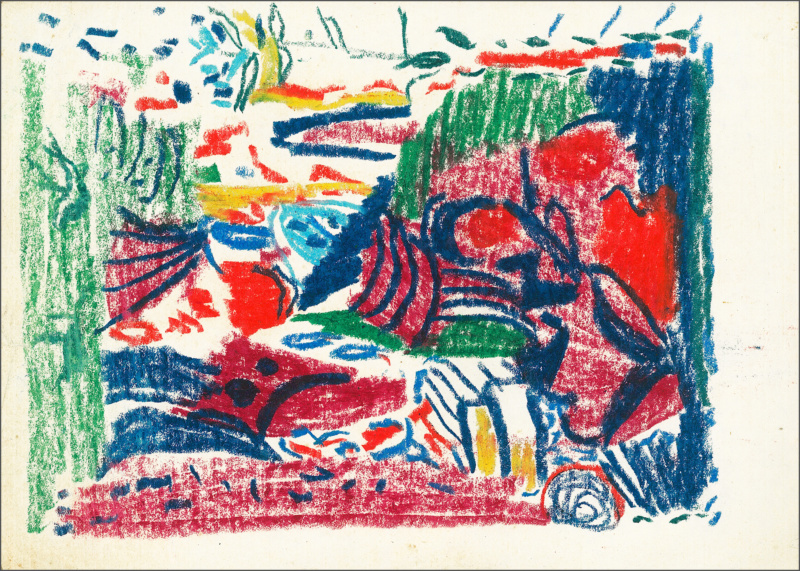
Wu Da-Yu at Lin & Lin Gallery Born in 1903, the late Wu Da-Yu was a master artist. The abstract oil painter explored a multitude of styles from near and far—Fauvism, Cubism, Eastern line and composition—and was inspired by poetry, calligraphy, and philosophy, combining these mediums to form one particular message: a theory he called dynamism, which he described as “formless” but “pure and clear.” Wu participated in the Chinese Government’s Diligent Work-Frugal Study Movement and, after studying in France—he was an admirer of Paul Cézanne—he later became part of a group of several artists (among them Pan Tianshou and Lin Fengmian) to galvanize and revolutionize modern Chinese art. His influence on abstraction endures today.

